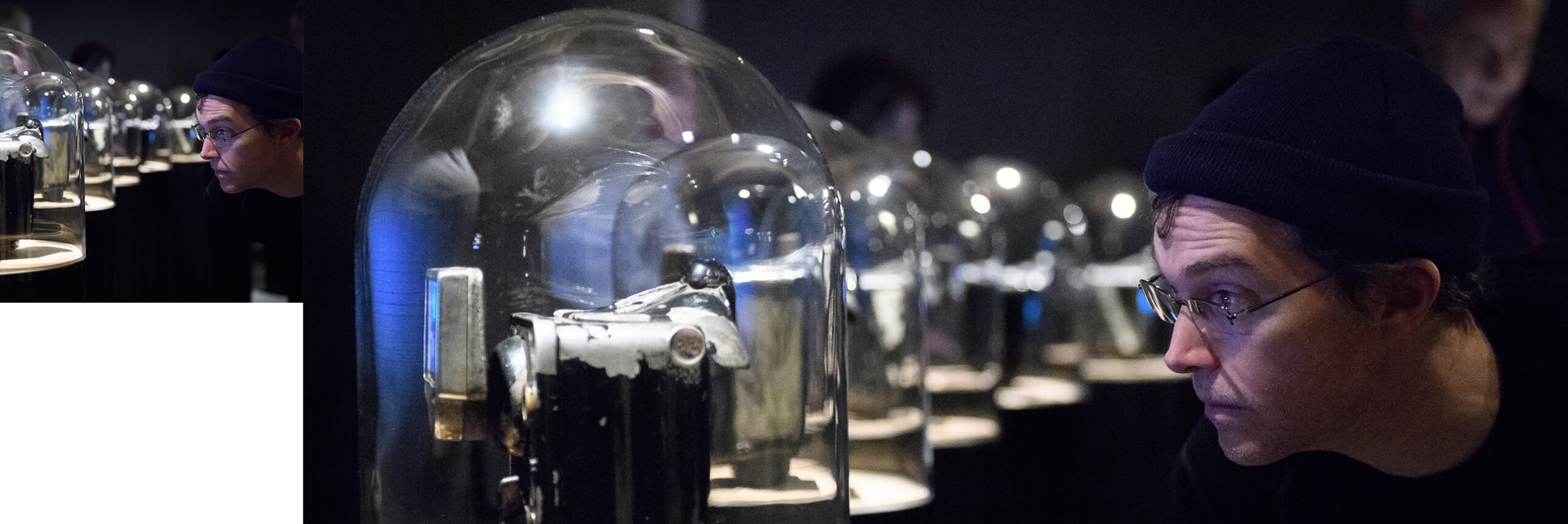
Visionary Circle Exclusive Studio Visit with Artist Ghiora Aharoni
Wednesday, January 24, 2018
6:30 PM–8:30 PM
Exclusive for Visionary Circle members
Rubin Museum Visionary Circle Members are invited to join us for an intimate studio visit with artist Ghiora Aharoni, whose work is featured in the Rubin’s current exhibition Sacred Spaces: The Road To”¦
A wine reception with light snacks will follow.
Join or upgrade to the Rubin’s Visionary Circle today to be invited to this studio visit. The Visionary Circle is a membership program for young patrons ages 21″“45. For more information, please contact Lori Feren at 212-620-5000 x259 or visionary@rubinmuseum.org.
Members will have the opportunity to hear from Ghiora about his artistic process and tour his studio, which offers a view of the Empire State Building through the skylights and has been lauded for its remarkable design.
Sacred Spaces: The Road To”¦ and the Tibetan Buddhist Shrine Room is made possible by Bob and Lois Baylis, Matt and Ann Nimetz, Christopher J. Fussner, The 2009 Hoch Charitable Lead Trust, Tulku Tsultrim, Audio-Technica, and contributors to the 2017 Exhibitions Fund.
About Ghiora Aharoni
Ghiora Aharoni founded his multidisciplinary studio for art and design in New York City in 2004. A graduate of Yale University, his artwork and installations have been exhibited in New York, Europe, and India. His work is in the permanent collection of the Pompidou Center in Paris, as well as private collections in the United States, Europe, Canada, and India.
In The Road to Sanchi, featured in the Rubin’s exhibition Sacred Spaces: The Road To”¦, artist Ghiora Aharoni transforms obsolete taxi meters with video screens that capture his travels to sacred sites throughout India for Hindus, Jews, Muslims, and Buddhists. One such site is Sanchi, which is famous for its Great Stupa built over relics of the Buddha and is considered one of the most important sites in Buddhism. Sanchi and the other sacred sites are never seen, making the journeys a vehicle for examining the prism of time and the act of pilgrimage for the viewer. They also express India’s history of cultural plurality and the natural commingling of sacred and secular in India today.

